The Little Book of Black HolesSteven S. Gubser, Frans Pretorius Dive into a mind-bending exploration of the physics of black holes
Black holes, predicted by Albert Einstein’s general theory of relativity more than a century ago, have long intrigued scientists and the public with their bizarre and fantastical properties. Although Einstein understood that black holes were mathematical solutions to his equations, he never accepted their physical reality―a viewpoint many shared. This all changed in the 1960s and 1970s, when a deeper conceptual understanding of black holes developed just as new observations revealed the existence of quasars and X-ray binary star systems, whose mysterious properties could be explained by the presence of black holes. Black holes have since been the subject of intense research―and the physics governing how they behave and affect their surroundings is stranger and more mind-bending than any fiction.
After introducing the basics of the special and general theories of relativity, this book describes black holes both as astrophysical objects and theoretical “laboratories” in which physicists can test their understanding of gravitational, quantum, and thermal physics. From Schwarzschild black holes to rotating and colliding black holes, and from gravitational radiation to Hawking radiation and information loss, Steven Gubser and Frans Pretorius use creative thought experiments and analogies to explain their subject accessibly. They also describe the decades-long quest to observe the universe in gravitational waves, which recently resulted in the LIGO observatories’ detection of the distinctive gravitational wave “chirp” of two colliding black holes―the first direct observation of black holes’ existence.
The Little Book of Black Holes takes readers deep into the mysterious heart of the subject, offering rare clarity of insight into the physics that makes black holes simple yet destructive manifestations of geometric destiny. How to Fall Slower Than Gravity: And Other Everyday (and Not So Everyday) Uses of Mathematics and Physical ReasoningPaul J. Nahin An engaging collection of intriguing problems that shows you how to think like a mathematical physicist
Paul Nahin is a master at explaining odd phenomena through straightforward mathematics. In this collection of twenty-six intriguing problems, he explores how mathematical physicists think. Always entertaining, the problems range from ancient catapult conundrums to the puzzling physics of a very peculiar kind of glass called NASTYGLASS―and from dodging trucks to why raindrops fall slower than the rate of gravity. The questions raised may seem impossible to answer at first and may require an unexpected twist in reasoning, but sometimes their solutions are surprisingly simple. Nahin’s goal, however, is always to guide readers―who will need only to have studied advanced high school math and physics―in expanding their mathematical thinking to make sense of the curiosities of the physical world.
The problems are in the first part of the book and the solutions are in the second, so that readers may challenge themselves to solve the questions on their own before looking at the explanations. The problems show how mathematics―including algebra, trigonometry, geometry, and calculus―can be united with physical laws to solve both real and theoretical problems. Historical anecdotes woven throughout the book bring alive the circumstances and people involved in some amazing discoveries and achievements.
More than a puzzle book, this work will immerse you in the delights of scientific history while honing your math skills. The Ascent of John Tyndall: Victorian Scientist, Mountaineer, and Public IntellectualRoland Jackson Rising from a humble background in rural southern Ireland, John Tyndall became one of the foremost physicists, communicators of science, and polemicists in mid-Victorian Britain. In science, he is known for his important work in meteorology, climate science, magnetism, acoustics, and bacteriology. His discoveries include the physical basis of the warming of the Earth's atmosphere (the basis of the greenhouse effect), and establishing why the sky is blue. But he was also a leading communicator of science, drawing great crowds to his lectures at the Royal Institution, while also playing an active role in the Royal Society. Tyndall moved in the highest social and intellectual circles. A friend of Tennyson and Carlyle, as well as Michael Faraday and Thomas Huxley, Tyndall was one of the most visible advocates of a scientific world view as tensions grew between developing scientific knowledge and theology. He was an active and often controversial commentator, through letters, essays, speeches, and debates, on the scientific, political, and social issues of the day, with strongly stated views on Ireland, religion, race, and the role of women. Widely read in America, his lecture tour there in 1872-73 was a great success.
Roland Jackson paints a picture of an individual at the heart of Victorian science and society. He also describes Tyndall's importance as a pioneering mountaineer in what has become known as the Golden Age of Alpinism. Among other feats, Tyndall was the first to traverse the Matterhorn. He presents Tyndall as a complex personality, full of contrasts, with his intense sense of duty, his deep love of poetry, his generosity to friends and his combativeness, his persistent ill-health alongside great physical stamina driving him to his mountaineering feats. Drawing on Tyndall's letters and journals for this first major biography of Tyndall since 1945, Jackson explores the legacy of a man who aroused strong opinions, strong loyalties, and strong enmities throughout his life. Who We Are and How We Got Here: Ancient DNA and the New Science of the Human PastDavid Reich A groundbreaking book about how ancient DNA has profoundly changed our understanding of human history.
Geneticists like David Reich have made astounding advances in the field of genomics, which is proving to be as important as archeology, linguistics, and written records as a means to understand our ancestry.
In Who We Are and How We Got Here, Reich allows readers to discover how the human genome provides not only all the information a human embryo needs to develop but also the hidden story of our species. Reich delves into how the genomic revolution is transforming our understanding of modern humans and how DNA studies reveal deep inequalities among different populations, between the sexes, and among individuals. Provocatively, Reich’s book suggests that there might very well be biological differences among human populations but that these differences are unlikely to conform to common stereotypes.
Drawing upon revolutionary findings and unparalleled scientific studies, Who We Are and How We Got Here is a captivating glimpse into humankind—where we came from and what that says about our lives today. Through Two Doors at Once: The Elegant Experiment That Captures the Enigma of Our Quantum RealityAnil Ananthaswamy One of Smithsonian's Favorite Books of 2018
One of Forbes's 2018 Best Books About Astronomy, Physics and Mathematics
One of Kirkus's Best Books of 2018
The intellectual adventure story of the "double-slit" experiment, showing how a sunbeam split into two paths first challenged our understanding of light and then the nature of reality itself—and continues to almost 200 years later.
Many of science's greatest minds have grappled with the simple yet elusive "double-slit" experiment. Thomas Young devised it in the early 1800s to show that light behaves like a wave, and in doing so opposed Isaac Newton. Nearly a century later, Albert Einstein showed that light comes in quanta, or particles, and the experiment became key to a fierce debate between Einstein and Niels Bohr over the nature of reality. Richard Feynman held that the double slit embodies the central mystery of the quantum world. Decade after decade, hypothesis after hypothesis, scientists have returned to this ingenious experiment to help them answer deeper and deeper questions about the fabric of the universe.
How can a single particle behave both like a particle and a wave? Does a particle exist before we look at it, or does the very act of looking create reality? Are there hidden aspects to reality missing from the orthodox view of quantum physics? Is there a place where the quantum world ends and the familiar classical world of our daily lives begins, and if so, can we find it? And if there's no such place, then does the universe split into two each time a particle goes through the double slit?
With his extraordinarily gifted eloquence, Anil Ananthaswamy travels around the world and through history, down to the smallest scales of physical reality we have yet fathomed. Through Two Doors at Once is the most fantastic voyage you can take. A Fortunate Universe: Life in a Finely Tuned CosmosGeraint F. Lewis, Luke A. Barnes Over the last forty years, scientists have uncovered evidence that if the Universe had been forged with even slightly different properties, life as we know it - and life as we can imagine it - would be impossible. Join us on a journey through how we understand the Universe, from its most basic particles and forces, to planets, stars and galaxies, and back through cosmic history to the birth of the cosmos. Conflicting notions about our place in the Universe are defined, defended and critiqued from scientific, philosophical and religious viewpoints. The authors' engaging and witty style addresses what fine-tuning might mean for the future of physics and the search for the ultimate laws of nature. Tackling difficult questions and providing thought-provoking answers, this volumes challenges us to consider our place in the cosmos, regardless of our initial convictions. Skeletons: The Frame of LifeJan Zalasiewicz, Mark Williams Over half a billion years ago life on earth took an incredible step in evolution, when animals learned to build skeletons. Using many different materials, from calcium carbonate and phosphate, and even silica, to make shell and bone, they started creating the support structures that are now critical to most living forms, providing rigidity and strength. Manifesting in a vast variety of forms, they provided the framework for sophisticated networks of life that fashioned the evolution of Earth's oceans, land, and atmosphere. Within a few tens of millions of years, all of the major types of skeleton had appeared.
Skeletons enabled an unprecedented array of bodies to evolve, from the tiniest seed shrimp to the gigantic dinosaurs and blue whales. The earliest bacterial colonies constructed large rigid structures - stromatolites - built up by trapping layers of sediment, while the mega-skeleton that is the Great Barrier Reef is big enough to be visible from space. The skeletons of millions of coccolithophores that lived in the shallow seas of the Mesozoic built the white cliffs of Dover. These, and insects, put their scaffolding on the outside, as an exoskeleton, while vertebrates have endoskeletons. Plants use tubes of dead tissue for rigidity and transport of liquids - which in the case of tall trees need to be strong enough to extend 100 m or more from the ground. Others simply stitch together a coating from mineral grains on the seabed.
In Skeletons, Jan Zalasiewicz and Mark Williams explore the incredible variety of the skeleton innovations that have enabled life to expand into a wide range of niches and lifestyles on the planet. Discussing the impact of climate change, which puts the formation of some kinds of skeleton at risk, they also consider future skeletons, including the possibility that we might increasingly incorporate metal and plastic elements into our own, as well as the possible materials for skeleton building on other planets. | Einstein's Monsters: The Life and Times of Black HolesChris Impey The astonishing science of black holes and their role in understanding the history and future of our universe.
Black holes are the most extreme objects in the universe, and yet they are ubiquitous. Every massive star leaves behind a black hole when it dies, and every galaxy harbors a supermassive black hole at its center. Frighteningly enigmatic, these dark giants continue to astound even the scientists who spend their careers studying them. Which came first, the galaxy or its central black hole? What happens if you travel into one―instant death or something weirder? And, perhaps most important, how can we ever know anything for sure about black holes when they destroy information by their very nature?
In Einstein’s Monsters, distinguished astronomer Chris Impey takes readers on an exploration of these and other questions at the cutting edge of astrophysics, as well as the history of black holes’ role in theoretical physics―from confirming Einstein’s equations for general relativity to testing string theory. He blends this history with a poignant account of the phenomena scientists have witnessed while observing black holes: stars swarming like bees around the center of our galaxy; black holes performing gravitational waltzes with visible stars; the cymbal clash of two black holes colliding, releasing ripples in space-time.
Clear, compelling, and profound, Einstein’s Monsters reveals how our comprehension of black holes is intrinsically linked to how we make sense of the universe and our place within it. From the small questions to the big ones―from the tiniest particles to the nature of space-time itself―black holes might be the key to a deeper understanding of the cosmos. 68 illustrations Burning Planet: The Story of Fire Through TimeAndrew C. Scott Raging wildfires have devastated vast areas of California and Australia in recent years, and predictions are that we will see more of the same in coming years as a result of climate change. But this is nothing new. Since the dawn of life on land, large-scale fires have played their part in shaping life on Earth.
Andrew C. Scott tells the whole story of fire's impact on our planet's atmosphere, climate, vegetation, ecology, and the evolution of plant and animal life. It has caused mass extinctions, and it has propelled the spread of flowering plants.
The exciting evidence we can now draw on has been preserved in fossilized charcoal, found in rocks hundreds of millions of years old, from all over the world. These reveal incredibly fine details of prehistoric plants, and tell us about climates from deep in earth's history. They also give us insight into how early hominids and humans tamed fire and used it.
Looking at the impact of wildfires in our own time, Scott also looks forward to how we might better manage them in future, as climate change has an increasing effect on our world. Galileo Unbound: A Path Across Life, the Universe and EverythingDavid D. Nolte Galileo Unbound traces the history of dynamics that brought us from Galileo's law of free fall to today's geneticists measuring evolutionary drift, entangled quantum particles moving among many worlds, and our lives as trajectories traversing a phase space with thousands of dimensions. Remarkably, common themes persist that predict the evolution of species as readily as the orbits of planets or the collapse of stars into black holes. This book tells the history of trajectories through spaces of expanding dimension and increasing abstraction and how they continue today to give new insight into the physics of complex systems.
Galileo published the first modern law of motion, the Law of Fall, that was ideal and simple, laying the foundation upon which Newton built the first theory of dynamics. Early in the twentieth century, geometry became the cause of motion rather than the result when Einstein envisioned the fabric of space-time warped by mass and energy, forcing light rays to bend past the Sun. Possibly more radical was Feynman's dilemma of quantum particles taking all paths at once — setting the stage for the modern fields of quantum field theory and quantum computing. Yet as concepts of motion have evolved, one thing has remained constant, the need to track ever more complex changes and to capture their essence, to find patterns in the chaos as we try to predict and control our world. Conjuring the Universe: The Origins of the Laws of NaturePeter Atkins The marvellous complexity of the Universe emerges from several deep laws and a handful of fundamental constants that fix its shape, scale, and destiny. There is a deep structure to the world which at the same time is simple, elegant, and beautiful. Where did these laws and these constants come from? And why are the laws so fruitful when written in the language of mathematics?
Peter Atkins considers the minimum effort needed to equip the Universe with its laws and its constants. He explores the origin of the conservation of energy, of electromagnetism, of classical and quantum mechanics, and of thermodynamics, showing how all these laws spring from deep symmetries. The revolutionary result is a short but immensely rich weaving together of the fundamental ideas of physics. With his characteristic wit, erudition, and economy, Atkins sketches out how the laws of Nature can spring from very little. Or arguably from nothing at all. Quantum Physics: What Everyone Needs to Know®Michael G. Raymer Around 1900, physicists started to discover particles like electrons, protons, and neutrons, and with these discoveries believed they could predict the internal behavior of the atom. However, once their predictions were compared to the results of experiments in the real world, it became clear that the principles of classical physics and mechanics were far from capable of explaining phenomena on the atomic scale. With this realization came the advent of quantum physics, one of the most important intellectual movements in human history. Today, quantum physics is everywhere: it explains how our computers work, how lasers transmit information across the Internet, and allows scientists to predict accurately the behavior of nearly every particle in nature. Its application continues to be fundamental in the investigation of the most expansive questions related to our world and the universe.
However, while the field and principles of quantum physics are known to have nearly limitless applications, the fundamental reasons why this is the case are far less understood. In Quantum Physics: What Everyone Needs to Know, quantum physicist Michael G. Raymer distills the basic principles of such an abstract field, and addresses the many ways quantum physics is a key factor in today's science and beyond. The book tackles questions as broad as the meaning of quantum entanglement and as specific and timely as why governments worldwide are spending billions of dollars developing quantum technology research. Raymer's list of topics is diverse, and showcases the sheer range of questions and ideas in which quantum physics is involved. From applications like data encryption and quantum computing to principles and concepts like "quantum nonlocality" and Heisenberg's uncertainty principle, Quantum Physics: What Everyone Needs to Know is a wide-reaching introduction to a nearly ubiquitous scientific topic. In the Shadow of the Moon: The Science, Magic, and Mystery of Solar EclipsesAnthony Aveni In anticipation of solar eclipses visible in 2017 and 2024, an exploration of the scientific and cultural significance of this mesmerizing cosmic display
Since the first humans looked up and saw the sun swallowed by darkness, our species has been captivated by solar eclipses. Astronomer and anthropologist Anthony Aveni explains the history and culture surrounding solar eclipses, from prehistoric Stonehenge to Babylonian creation myths, to a confirmation of Einstein’s theory of general relativity, to a spectacle that left New Yorkers in the moon’s shadow, to future eclipses that will capture human imaginations.
In one accessible and engaging read, Aveni explains the science behind the phenomenon, tracks eclipses across the ancient world, and examines the roles of solar eclipses in modern times to reveal the profound effects these cosmic events have had on human history. Colored by his own experiences—Aveni has witnessed eight total solar eclipses in his lifetime—his account of astronomy’s most storied phenomenon will enthrall anyone who has looked up at the sky with wonder. |
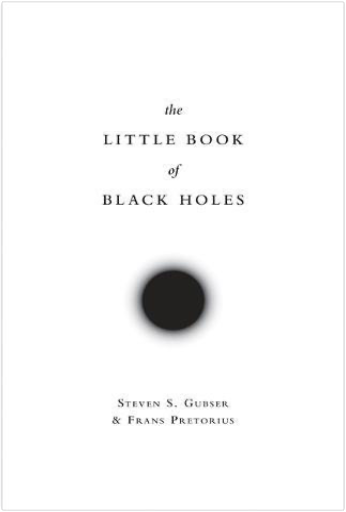
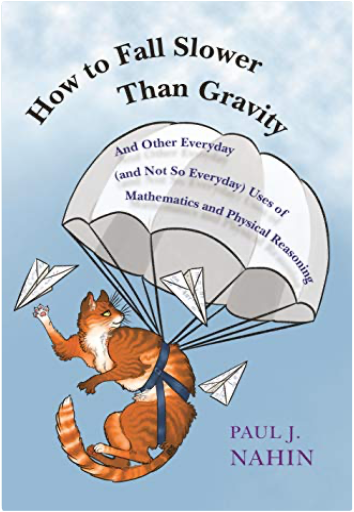

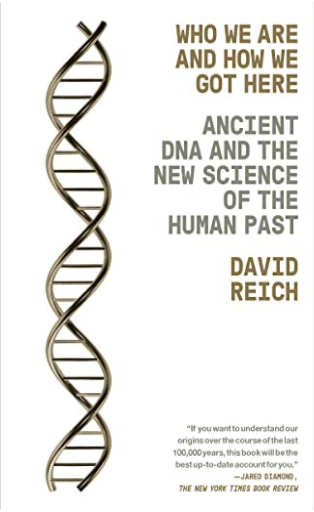
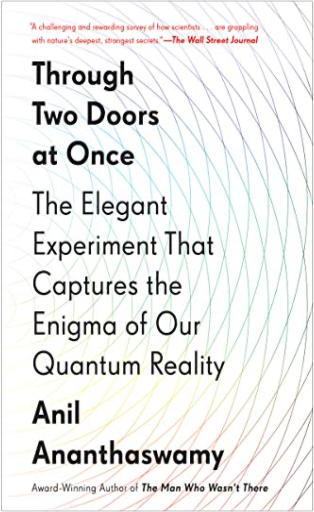
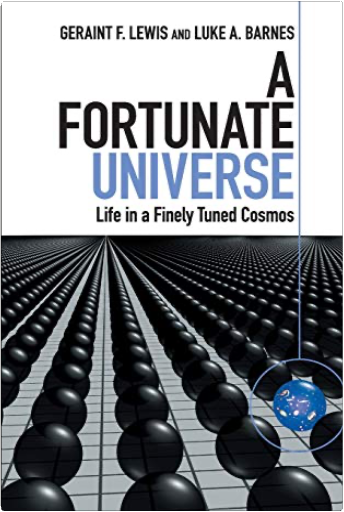
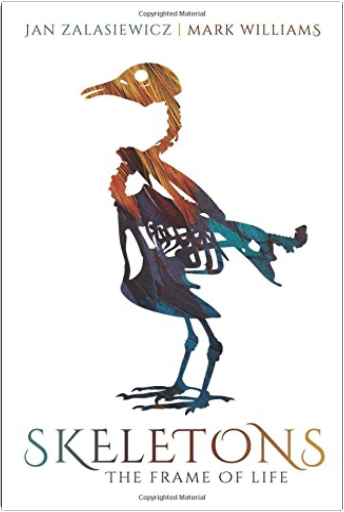
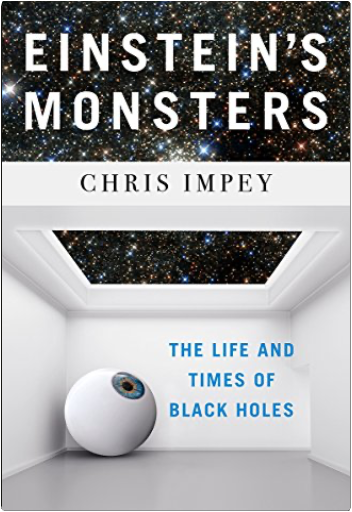
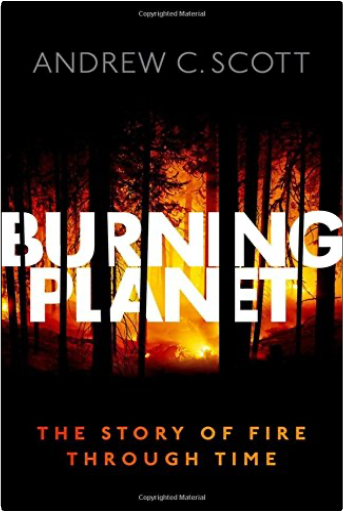
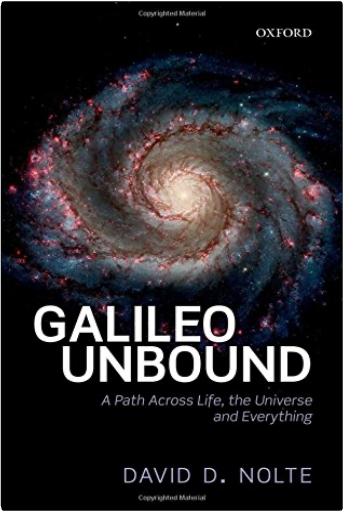
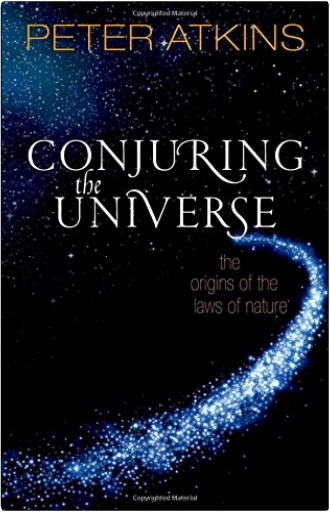
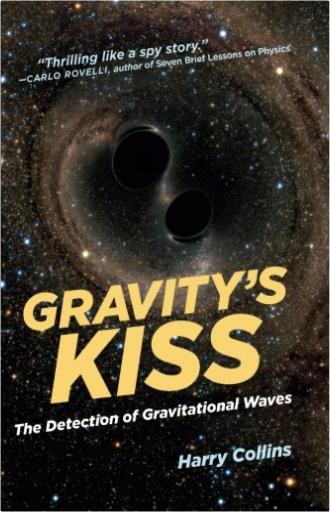
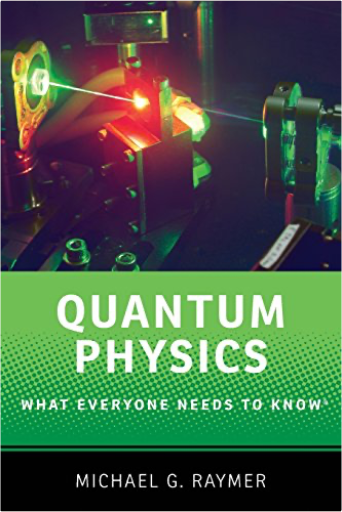
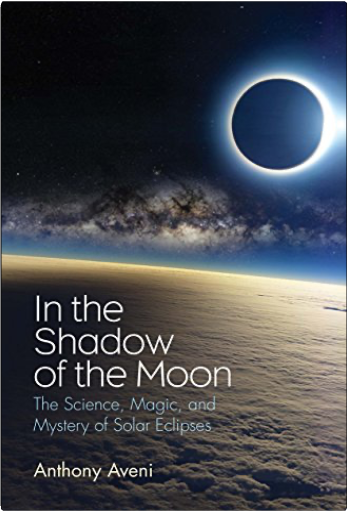


 Made with Delicious Library
Made with Delicious Library